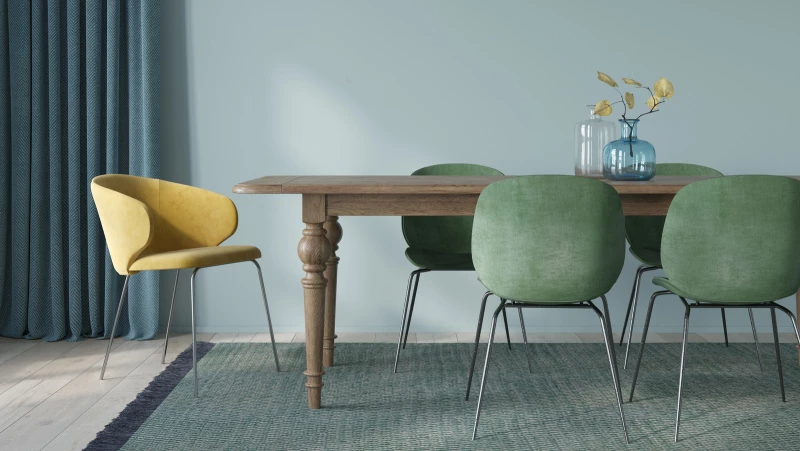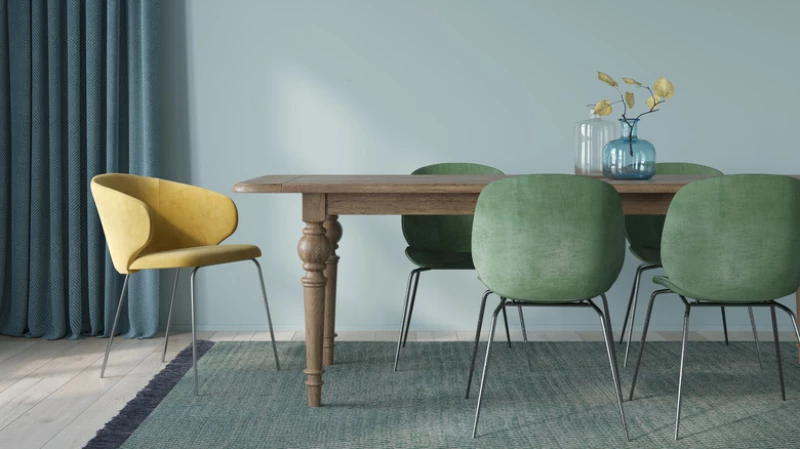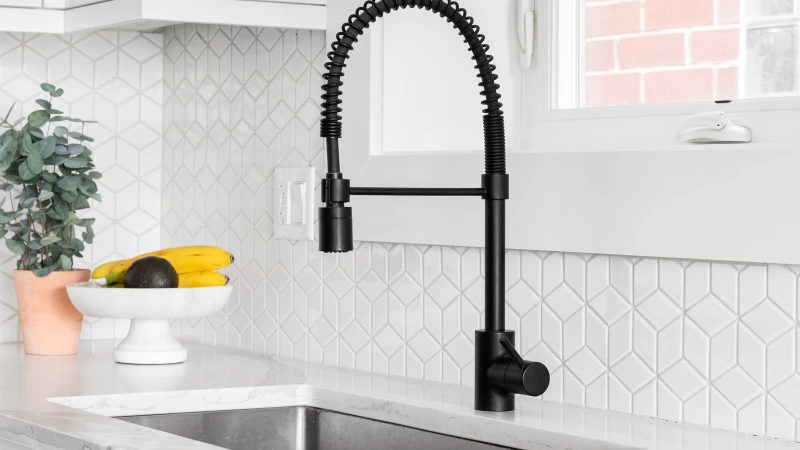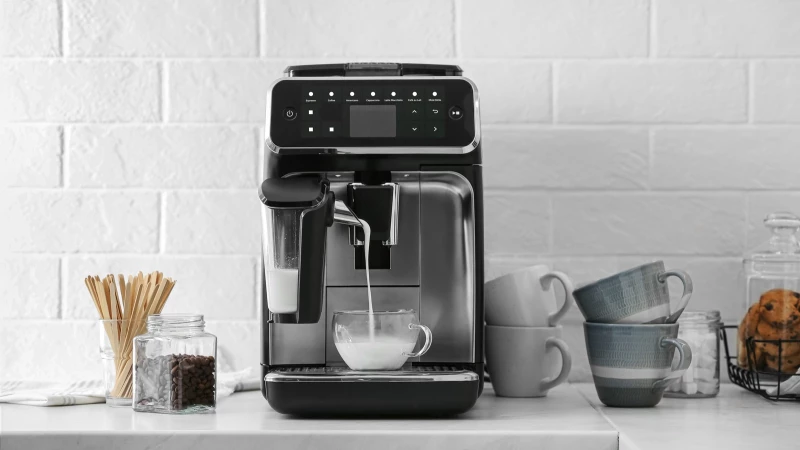Have you recently acquired a vintage dining table but are unsure how to incorporate it into your modern home? Whether it's a thrifted Art Deco piece or a hand-me-down mid-century modern table, blending vintage and modern styles can be a design challenge. However, with the right approach, you can create a cohesive and stylish look that combines the best of both worlds.
One key tip is to ensure that the wood tones and material colors of your vintage and modern pieces complement each other. This harmony in color and material can help tie the two styles together seamlessly, creating a cohesive and balanced aesthetic in your dining space.
Make sure wood and material colors match up
When combining vintage and modern pieces in your dining room, pay attention to the colors and materials used. Matching up the wood tones and material colors can help create a cohesive look that seamlessly blends the old and the new.
Blending vintage and modern design styles in your dining room can create a warm and inviting space. One key aspect to consider when incorporating a vintage dining table into a modern setting is to match the color of the wood with other tones in the room. This can be achieved by ensuring that accents and other furniture are of the same type and color of wood, maintaining a consistent tone throughout the space.
While the colors of the wood don't have to match exactly, it's essential to keep the tone consistent. For example, a warm-toned wood like oak may clash with a cool-toned walnut piece. Context is also crucial, as the type of modern design in the room can influence how well the vintage table fits in. A dark wood table may complement a room with metal furniture or sleek decor better than a light wood farmhouse table. If the wood tones don't align, refinishing or painting the table can be a practical solution.
Understanding the origins and design of your dining table can help you seamlessly integrate it into your modern dining space. With a wide range of style periods to consider, such as antique, retro, or vintage, identifying where your table fits in can guide your styling choices. Whether your table reflects the glamour of the Art Deco era or the sleek lines of mid-century modern design, it will influence how you decorate around it. For example, an antique table from the '20s or a Colonial-style piece could complement a modern farmhouse dining room, while a more futuristic Saarinen table may not blend as well.
While the table takes center stage as a focal point, don't overlook the importance of choosing the right seating. Contrary to popular belief, matching chairs in the same style isn't a must. TLC Interiors suggests that an exact match in style, color, and material can overwhelm the space. Instead, aim for a cohesive color scheme and consider incorporating modern chairs that complement the vintage charm of your table.
Enhance the table's presence in the room by adding small decorative accents like tablecloths or table runners. This is especially useful if you plan to refurbish the table or are still on the lookout for coordinating decor pieces.








